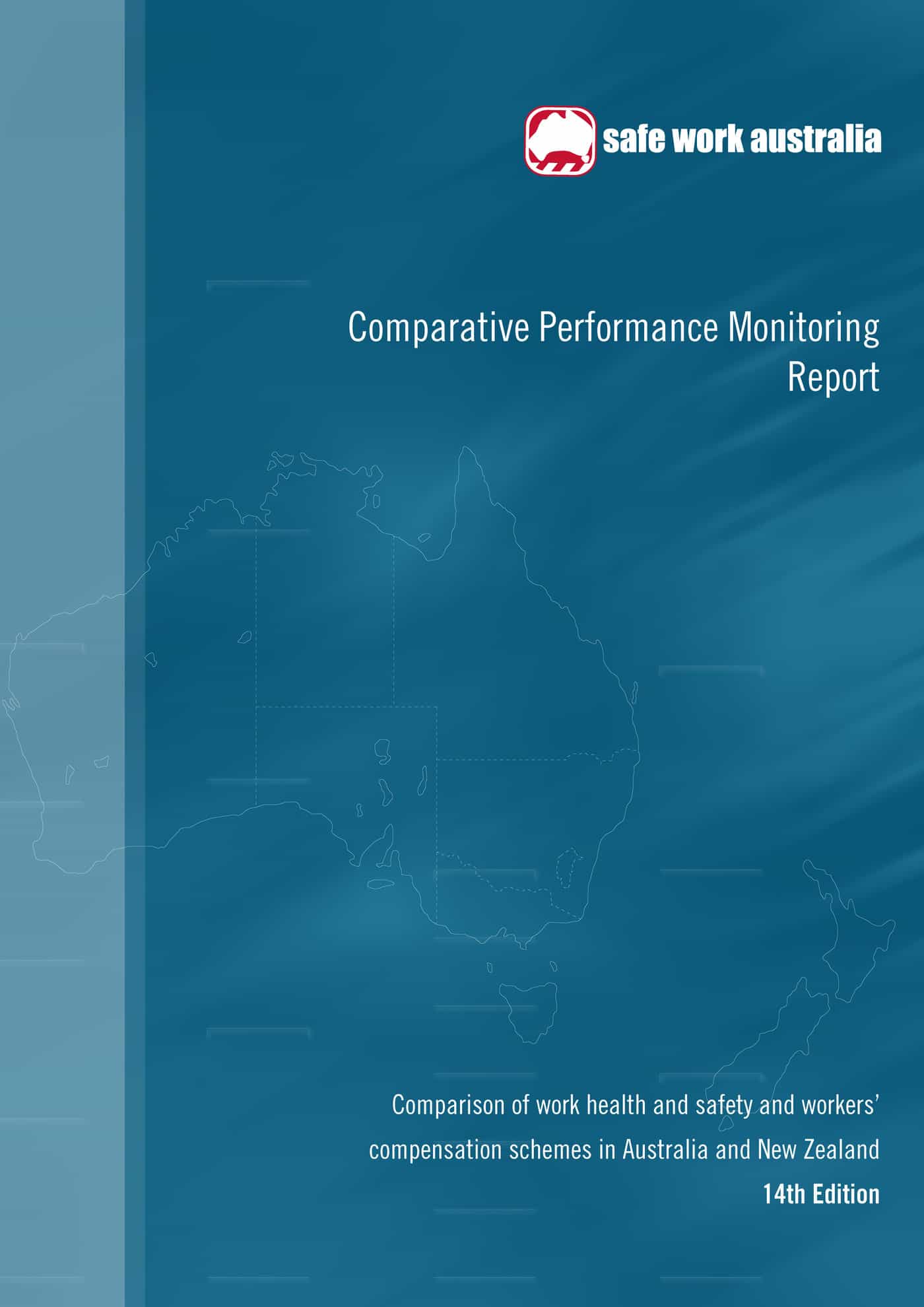The article below has been written by Marian Macdonald and is about an event that I recently attended in Sydney about fall protection.
When a plumber perched on the rooftop of a skyscraper clips a safety harness onto the point that anchors him to the building, there’s a one-in-three chance the anchor itself is unsafe. Remarkably, the installers being held to blame are pleading for greater scrutiny of their work from the regulator.
 The Working At Heights Association (WAHA), which represents fall prevention equipment installers, today sent a call to action submission (not available online) to the Heads Of Workplace Safety Authorities (HWSA). It follows an industry crisis summit held last month where, with a sea of upstretched hands, hundreds packed into a stifling conference room demanded urgent action from governments. Continue reading “Hundreds plead with government to save lives while those to blame beg for scrutiny”
The Working At Heights Association (WAHA), which represents fall prevention equipment installers, today sent a call to action submission (not available online) to the Heads Of Workplace Safety Authorities (HWSA). It follows an industry crisis summit held last month where, with a sea of upstretched hands, hundreds packed into a stifling conference room demanded urgent action from governments. Continue reading “Hundreds plead with government to save lives while those to blame beg for scrutiny”


